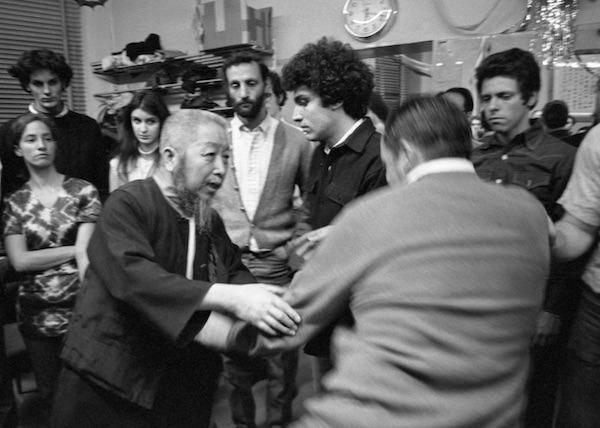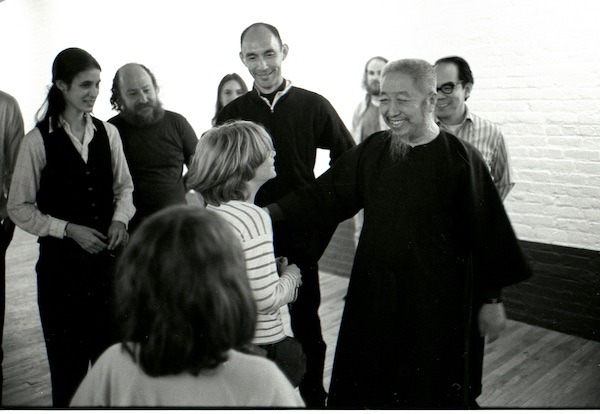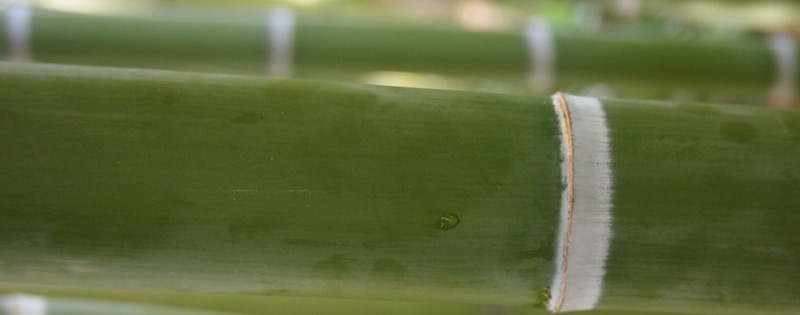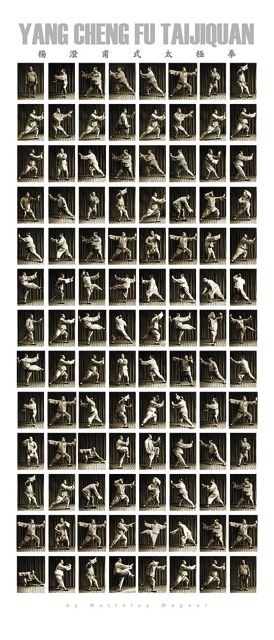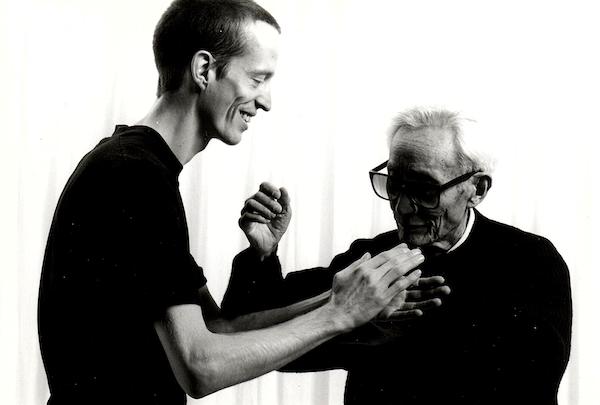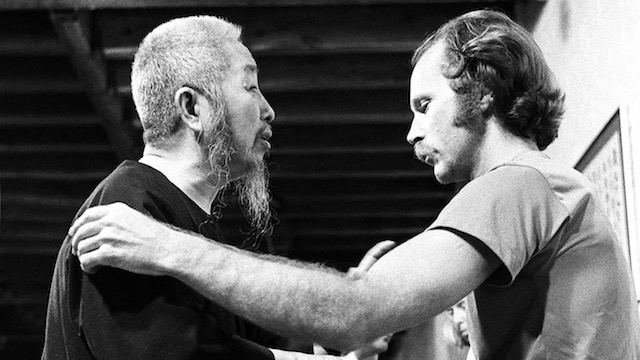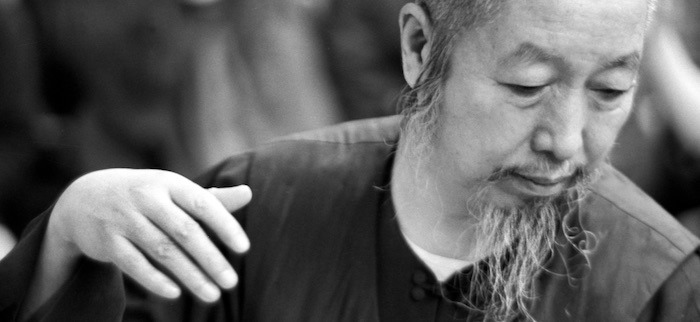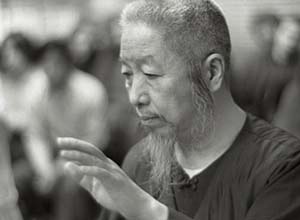Cheng Man Ching (鄭曼青, today’s transliteration (pinyin): Zhèng Mànqīng; at the time of the first spreading of his Tai Chi (after Wade-Giles): Cheng Man-ch’ing; on the web usually: Cheng Man Ching)
*29 July 1902 / ✝︎ 26 March 1975
A life for the Chinese arts
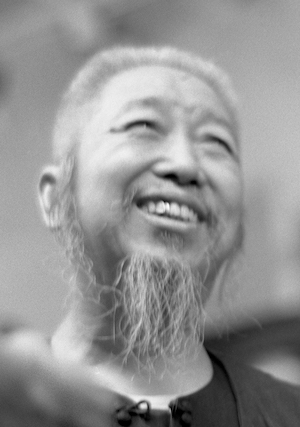
Cheng Man Ching was a Chinese Doctor, Master of Taijiquan and a passionate calligrapher, poet and painter. He is the author of numerous own books and is regarded as the ghostwriter of Yang Chengfu’s book on form and application of Yang Style Taijiquan.
His most famous addition to the world of Taijiquan is the invention and propagation of the short form as a fully-fledged means to learn and teach Tai Chi in modern times and the reduction of numerous weapon forms to one – the sword. These changes can be understood as being made to allow more room for Tai Chi’s practical aspects: free push hands and sword fencing were a regular subject in Cheng Man Ching’s Tai Chi lessons and may be considered to be the third pillar of his Tai Chi. Cheng Man Ching’s most remarkable innovation concerning Yang style Taijiquan, the fair lady’s hand and the higher stance – both subtle, but decisive changes to traditional Yang family style – also derived from his practical studies of Chinese medicine.
Cheng Man Ching is one of the central figures in bringing Tai Chi to the West. Going to New York and „planting a seed“ himself, his style of Tai Chi was finally meant to reach Europe on three ways – via his students in the US, Taiwan and Malaysia.
Cheng Man Ching’s lifetime achievements evoke an image of a man between the old and the new, between tradition and modernity. – Follow us on a journey through history to get a closer look at Cheng Man Ching’s life!
Cheng Man Ching’s childhood and youth
Cheng Man Ching was born in Yongjia, a settlement at the coast of mainland China, in 1902. His place of birth does not exist anymore – today, the area is called Wenzhou.
Though not much is known about his family situation, some far-reaching historical developments took place around the time of his childhood, which may shed light on the socio-political situation during his early life.

Cheng Man Ching was born shortly after the failed Boxer rebellion (1899-1901), in a time of self-doubt and reorientation of the elites. The old China with its mysticism and traditionalism seemed to have received a fatal blow – but what now? Old truths seemed no longer to be trustworthy, the self-confidence resting on thousands of years of history was badly damaged. China stood at the gates to the modern time.
A few years later, it became clear that the old order would not survive: As a boy, Cheng Man Ching witnessed the end of the Qing dynasty after nearly 300 years in 1912. This year also marked the end of dynastic rule in China, which until then was routinely traced back over four thousand years: the origin of the legitimate order was accurately pinpointed as stemming from mystical times – condensed into a solid empire with strict hierarchies, which was unquestionably meant to stay forever.
„Forever“ did come to an untimely end. Suddenly, after the establishment of the first Republic of China, the leaders of state could be elected – and dropped a few years later – following the will of the people expressed in a simple popular vote. This change must have been among the biggest one could possibly imagine at that time. – And young Cheng Man Ching was in the middle of this, growing up.
After the early death of his father, he was educated by the females in his family, namely his mother and his aunt. He got many impulses from an early age, enjoying (and probably suffering) an artistic education as a child. He had different teachers in Shanghai, Hangzhou and finally in Beijing, where his aunt was a known painter. Also his first contact with Chinese medicine was made in these years.
Cheng Man Ching’s early biography bears witness of a family well-connected in artist circles: different stations in Cheng Man Ching’s education open up the world of painting, poetry and calligraphy for him.
A young adult and professor of the fine arts
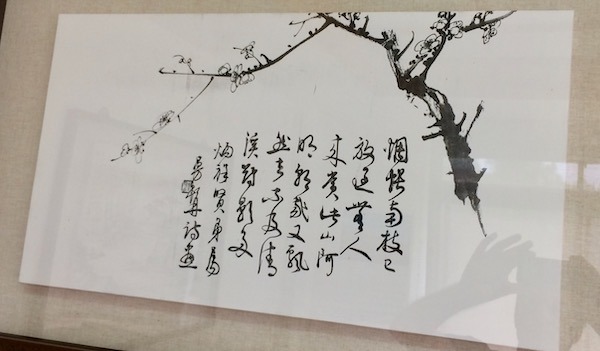
Thus, it may not come as a surprise that Cheng Man Ching already gained recognition at a relatively young age. His obituary gives evidence of a fast progressing career: 1920 – teacher of poetry at Yu-Wen university; 1922 – professor of Chinese ink painting at the Peking academy of Fine arts; 1925 – Director of painting Department of Shanghai School of Fine Arts. It seemed to have been a formative time for him, as he kept the title of a „professor“ for the rest of his life.
And what an impressive record it was – Cheng Man Ching’s life seemed to be a life dedicated to the beaux-arts.
Chinese medicine and Tai Chi in the time of war
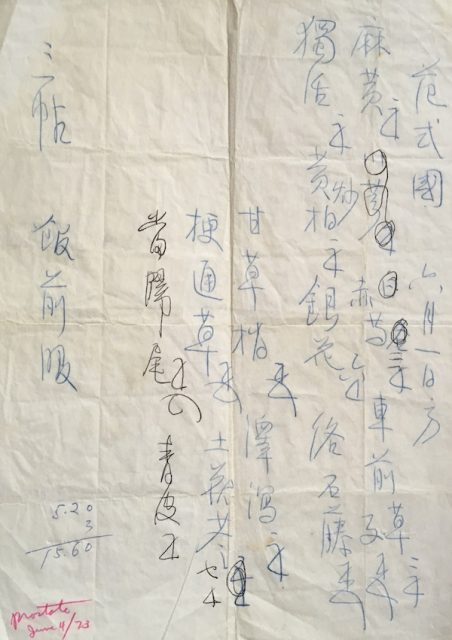
In 1927, the civil war in China started with the Communist uprising. The entailing fight for survival of the first non-dynastic order in mainland China invited Japan for a second invasion in 1931, starting the Second Sino-Japanese War, which lasted until 1945. During the war, the Japanese occupation of much of the Eastern part of China left deep traces in the world of Cheng Man Ching’s childhood and youth as well as in his former places of work. – The older people relived the horror of the brutal Japanese occupation during the First Sino-Japanese War in 1894/95, but for the young man that Cheng Man Ching was, virtually all he knew must have seemed to have changed forever – again.
Cheng Man Ching’s life now took a different path. In the beginning, he was still engaged in his career in education, founding a society for Chinese medicine (in 1926) and a College of Chinese Culture and Arts (in 1930). Then, Tai Chi came into his life. Being seriously over-worked, and having contracted what was diagnosed as tuberculosis at the time, he went to study Tai Chi with Yang Chengfu around 1930 for his own health.
However, change was the only constant in his life: the year 1933 finds Cheng Man Ching at the Central Military Academy, teaching Tai Chi Chuan. During wartime, Cheng Man Ching practiced Chinese medicine and taught military training groups in Tai Chi. It can only be guessed that the military must have been an important part of his life, as in 1938, Cheng Man Ching’s 37 Form – the first version of his famous short form – was designed by him to begin with the foot posture of standing to attendance.
In 1941, Cheng Man Ching married. He now moved in political circles – being a member of the National Assembly which was formed to develop the constitution of the Republic of China and serving as a representative of the Medical profession in 1946/7.
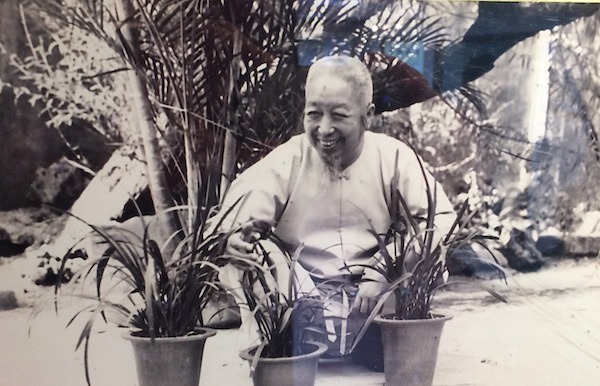
After the war – A new life in Taiwan
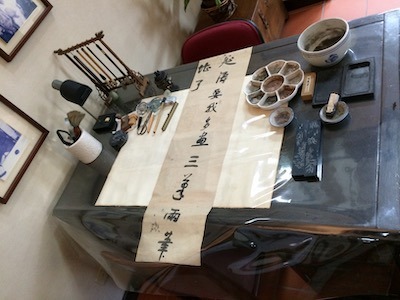
Identifying with the values of modern China as opposed to Communist rule – and also probably having no other choice after his military involvement – Cheng Man Ching made his way to Taiwan in 1949, when the Nationalist party of the civil war, the Kuomintang, fled to establish their rule in Taipei – defeated.
In Taiwan, Cheng Man Ching seems to have resumed his peace-time life – now with the addition of
Tai Chi Chuan to his teaching schedule. He founded the Shih Chung T’ai Chi Association, the central place of learning of his Asian students, and continued practicing Chinese medicine. He also formed an artist circle with friends to engage in painting and calligraphy. Recognition was gained, and work was plenty: Cheng Man Ching also held a lifetime professorship at the College of Chinese Culture and among his private painting students was Chiang Kai-Shek’s mother.
Nothing left to be wished for, surely?
Bringing Tai Chi to the West – Building bridges between Taipei and New York
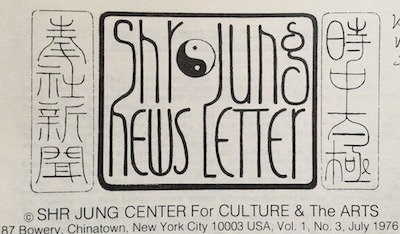
On the other hand – why not move to the US? In 1964, Cheng Man Ching moved to New York with his family – originally because he was invited to teach Tai Chi to some interested members of the Chinese community. Imagine Manhattan, Chinatown, New York in the 60’s – and in-between a master of Chinese martial arts wearing traditional clothing!
It seemed as if the young generation had waited for something like this in the times of Vietnam war protests, flower power and the quest for a suitable guru. Things between the Chinese community and the Westerners did not work out – but Cheng Man Ching decided to continue his work anyway, creating what might be seen as his real master piece: bringing Tai Chi to the West.
In just a few years, Cheng Man Ching made a name for himself in New York as „Master of the five excellences“, inspiring young Westerners to practice old Chinese arts. While he also taught painting and calligraphy, his modern version of Tai Chi and his adapted ways of teaching Western students proved by far to be the most successful of the three. Today, Cheng Man Ching Taijiquan is practised in hundreds of schools around the globe.
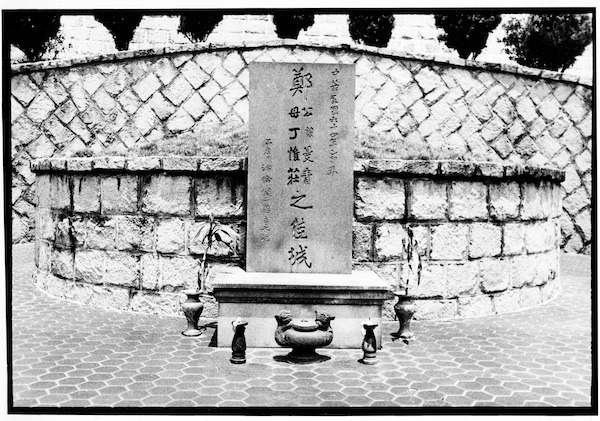
Hopeful founding father of this not yet fully developed Tai Chi family to-be, Cheng Man Ching died suddenly in 1975, on one of his visits to Taiwan.
Materials used writing this article: own research (web and printed media), oral accounts by Ken van Sickle, Cheng Man Ching family homepage (concerning dates and stations of life).
Author: Gabi Kannenberg
Images: Ken van Sickle & Nils Klug
- Cheng Man Ching – A short biography
- Notes on Cheng Man Ching’s Tai Chi System
- Cheng Man Ching Yang style
- Cheng Man Ching Photographs
- Interview with direct Cheng Man Ching
- Cheng Man Ching on the dao of Taijiquan
- TAG Cheng Man Ching
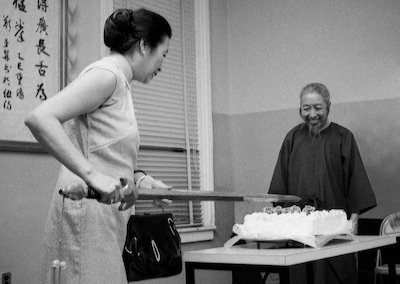
- Notes on Cheng Man Ching’s Tai Chi System
- Fight or Flight: Tai Chi’s general attitude
- Tai Chi is „swimming in air“
- (Mis)alignment in Tai Chi
- Roll Back
- The Cheng Man Ching 37 Form – Shortening and Changing the Yang Form
- Cheng Man Ching Push Hands
- Tai Chi’s Role
- Ride the Horse in the Direction it is Going
- Momentum

